Review: BLUETS at Royal Court
It would be the purest understatement to suggest that theatregoers have been wildly anticipating director Katie Mitchell’s latest live cinema production — the art form which hybridises a live stage performance piece (often relayed through stage mics on stands) which moves at a preordained rhythm and uses back screening and props used by performers who are usually ranged in a straight row facing the audience. When it comes-off and flows seamlessly, it can be simply breathtaking. So how does BLUETS compare with other examples of the genre, for example the extraordinary LITTLE SCRATCH also directed by Mitchell?
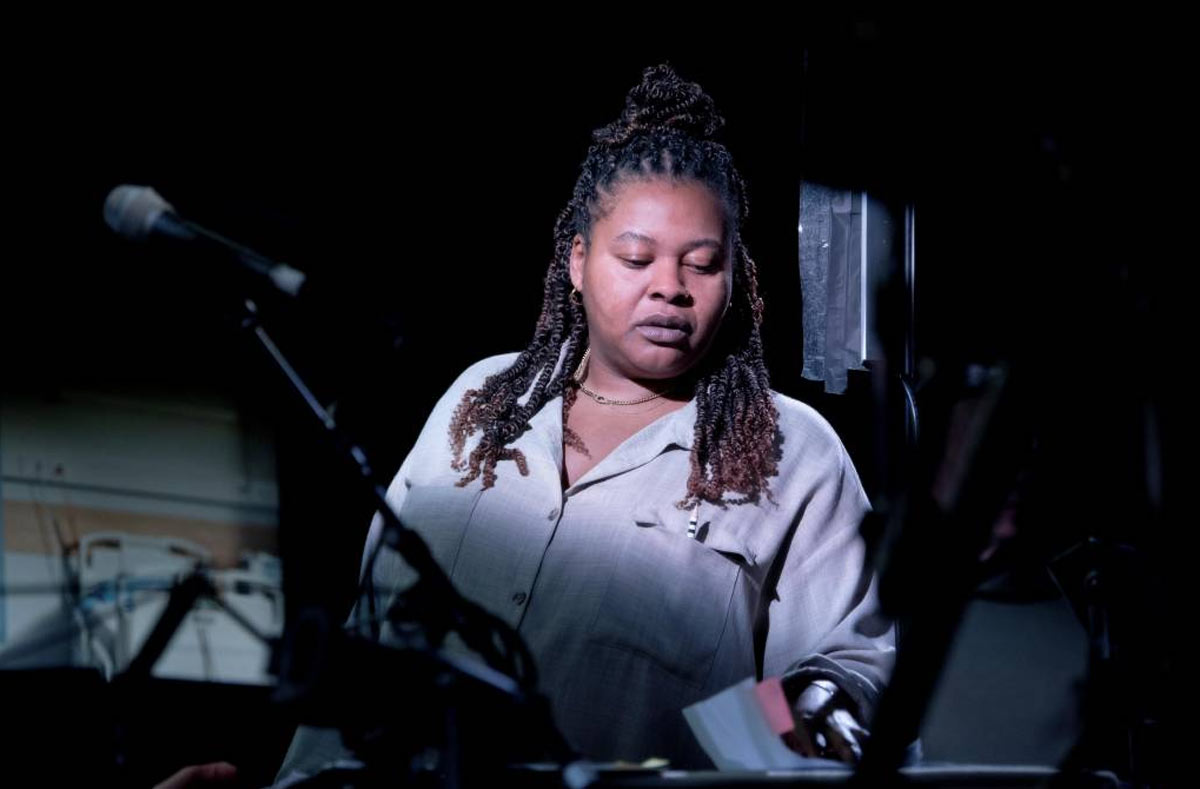 Kayla Meikle in Bluets at Jerwood Theatre Downstairs. Photo Camilla Greenwell.
Kayla Meikle in Bluets at Jerwood Theatre Downstairs. Photo Camilla Greenwell.
In its simplest form, the source material (Maggie Nelson’s original book of the same name), deals with pure pain and even asks how it might be possible to withstand its overwhelming and all-consuming grip. For this piece Margaret Perry adapted the multi-stranded text and incorporated elements from Nelson’s poetry collection Something Bright, Then Holes to arrive at three drivers - the first obsessive, then another depressive and lastly one determined to distract the woman at the centre of the story who is trying to recover from grief and heartbreak. These thought processes are stretched across the mind-sets of the three onstage performers Ben Whishaw, Emma D’Arcy and Kayla Meikle, whose vocal and visual contributions meld and combine to form a single stream of consciousness tale.
In its simplest, most tangible and easily realisable form, the woman central to the story, fixates on the colour blue. Beads, marbles, sky, clothing, bottle tops, dyes, lapis rocks, bottles of ink, anything which possesses the slightest hue or shade of blue. It becomes her obsession as she lurches from philosophy and science to art and music, simultaneously grounding and elevating her thoughts as she learns to focus, channel and control her pain.
Realising the lines (which often have to be delivered at a Gatling gun pace to maintain rhythm and meaning), is a massively convoluted undertaking, especially since so much is wholly dependent upon props appearing and being struck in close proximity to the performers, by (hopefully) well-drilled and attentive stage hands. So how did the team manage?
Well, firstly let me come clean and record that by the time this reviewer saw Little Scratch, the performance team were well bedded-in and had enjoyed multiple performances in which to hone and deliver their story. On the strength of opening night’s performance, it would be fair to say that the Bluets team by comparison, clearly have some way to go before they ascend to such dizzying heights of mellifluous and stylish presentation, but it would also be churlish not to concede that all the elements are there, even if the adaptation has rendered the material slightly less raw and rather more self-conscious (perhaps verging on pretentious?) But these are merely the gripes of a seasoned reviewer who has witnessed sufficient material over the years to allow himself the luxury of occasional flippancy. The important thing, is that this kind of work sees the light of day, is put before a fresh audience and offers them the opportunity to question what appeals to them, and indeed challenge what theatre is and can become.
Latest News
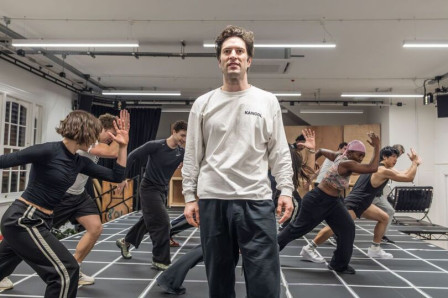
 Rehearsal images released for AMERICAN PSYCHO revival at Almeida Theatre
5 January 2026 at 09:07
Rehearsal images released for AMERICAN PSYCHO revival at Almeida Theatre
5 January 2026 at 09:07
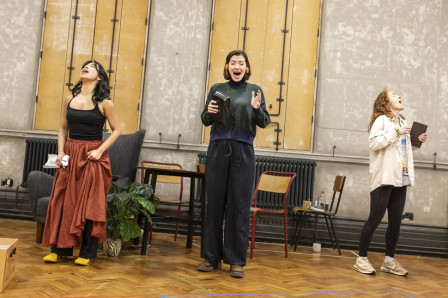
 Rehearsal images released for major new folk musical BALLAD LINES
2 January 2026 at 13:22
Rehearsal images released for major new folk musical BALLAD LINES
2 January 2026 at 13:22
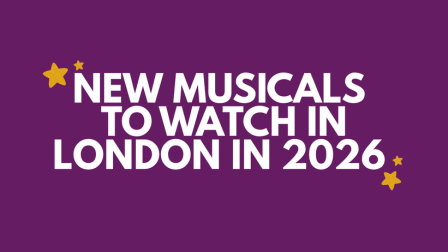
 New musicals to watch in London in 2026
28 December 2025 at 11:24
New musicals to watch in London in 2026
28 December 2025 at 11:24
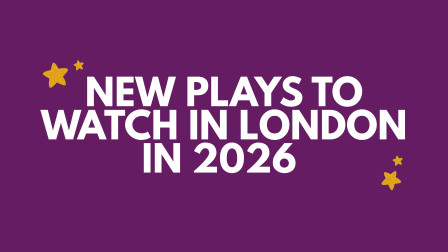
 New plays to watch in London in 2026
28 December 2025 at 09:24
New plays to watch in London in 2026
28 December 2025 at 09:24
